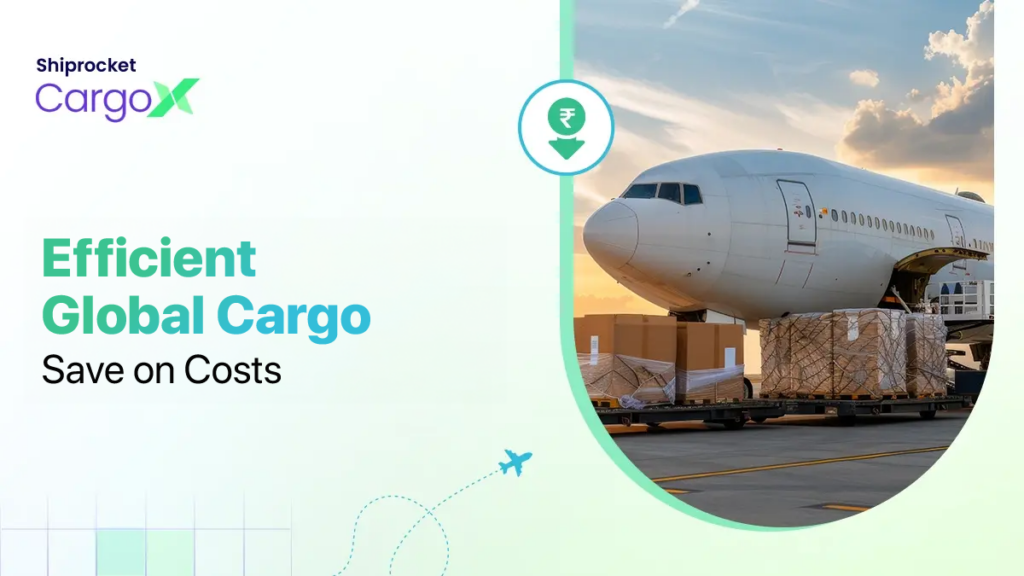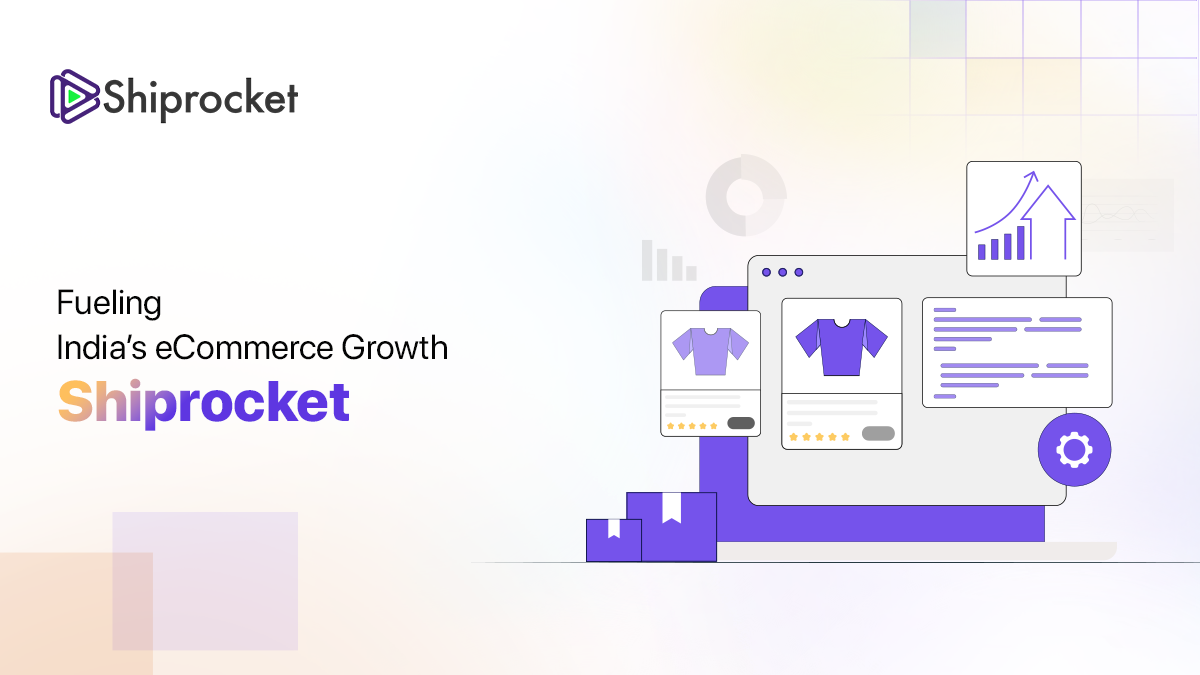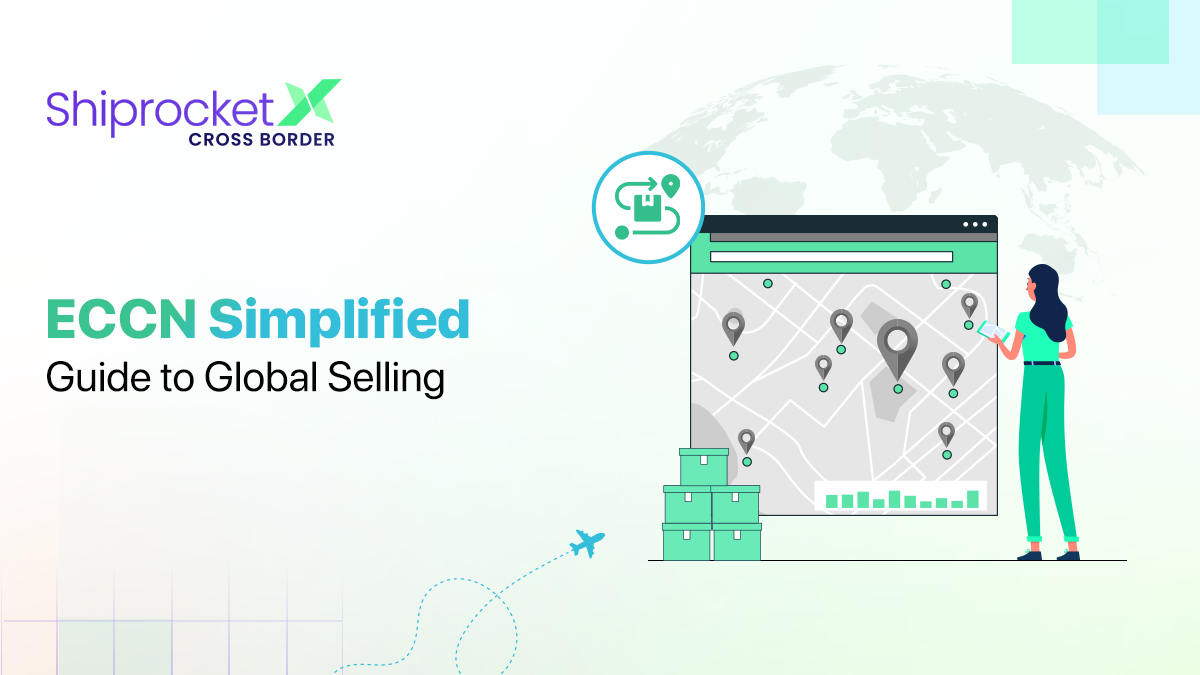10 Smart Ways to Reduce Cargo Transportation Costs
Small businesses depend greatly on cargo transportation costs; reducing cargo transportation costs would help them generate more income.
The transportation cost adds heavily to a business’ overall operating cost. With the dramatic increase in fuel costs and limited availability of shipping options, transporting goods via air, land, and sea has become quite expensive.
High transportation fees can impact the viability of your operations and also affect your profitability. However, by planning your transportation processes effectively, you can reduce costs for cargo transportation.
This blog highlights effective strategies that will help you reduce transportation costs to win new customers and compete against bigger corporations.

Top Strategies to Help Sellers Reduce Transportation Costs
Expenses related to shipping, supply, and delivering goods to customers influence pricing strategies, causing an inflation in the cost of goods. Finding ways to reduce transportation costs is crucial for many business owners.
Here are some common strategies you can employ to reduce costs for Cargo transportation:
1. Partner with a logistic provider
One of the best strategies to help you reduce transportation costs is by partnering with a logistic provider. By partnering with one, you can get discounts on shipping fees for every freight.
For example, if you partner with a logistics provider and are a large seller that ships over 500 containers of goods or more per year, you can earn a discount of about 15 – 30%.
And if you own a small business, you can use this strategy through the goods consortium. By combining your loads with those of other small businesses, you can negotiate collective rates close to what other large brands achieve.
2. Consolidate your shipments
Consolidation of shipments refers to combining individual shipments and purchase orders from one or more sellers into larger volumes of loads. This strategy takes advantage of the volume rates that transport carriers offer for denser loads.
By consolidating your shipments, you can gain the discounts associated with much higher shipping volumes.
Consolidating shipments requires agreement between sellers, either directly or through a third-party logistics provider. Goods from different purchase orders bound for the same or nearby destinations are grouped in the same cargo container.
This process maximises the use of space and reduces the number of individual trips, thereby reducing the cost of cargo transportation.
3. Evaluate packaging
Another strategy is to evaluate product packaging to optimise space usage. You can use production data to determine the best packaging size and stacking method. This ensures that each shipment is filled to its maximum capacity.
You can optimise the use of space by using multi-tiered pallet structures and foldable containers.
4. Use a combination of different transportation methods
Relying on a single mode of shipment, like truckload or container shipping, can limit your shipping options. However, combining various modes of transportation like air, land, and sea can significantly decrease the delivery cost.
5. Use a transportation management system
Implementing a transportation management system can lead to major opportunities to help you cut transportation expenses through optimised load planning and execution.
These software solutions can manage all your aspects, like goods procurement and management, thus eliminating all manual processes. The software will also provide you with route guides and carriers with low shipping rates.
By leveraging these software solutions, you will have visibility into the inventory system, the shipment record, and transportation performance across all supply chains on a single dashboard.
6. Compare prices before choosing
Request pricing from multiple carriers and compare the prices before committing to any transportation method or carrier. Choose the most affordable option that meets your specific requirements.
All carriers offer different deals, and their prices can fluctuate regularly. Gather every carrier option possible and make comparisons based on their rates per shipment, estimated delivery time, and additional fees. This can help you choose the best transportation means and carrier without spending much.
7. Automate your processes
Manual paperwork is prone to errors and may lead to rate errors or delays in delivery.
However, automating some of your transportation processes, such as planning, procurement, shipping documents, tracking, and reporting through transportation management systems and warehouse management software, can eliminate human errors.
8. Ship on off-peak days
As a seller, it is important to understand the transportation market. Shipping volumes and costs skyrocket during holiday periods. Avoid scheduling shipping important freights during holidays because the goods might take longer to be delivered.
Instead of long-haul shipping, try to opt for back-haul shipping, where the carriers try to fill empty trucks on their way back to their base. This can also reduce the cost of cargo transportation.
You can also study your past customer demand. This will help you plan how much inventory to keep in regional warehouses before busy periods like holidays or sales events.
Having the inventory closer to customers, you can reduce delivery times, thereby reducing delivery costs. This strategy helps you manage costs and ensure your products are available when needed.
9. Insurance
Insurance is essential to protect your goods against unforeseen incidents.
Purchasing cargo insurance can eliminate bearing all losses alone in case your goods get lost or damaged.
Bulk insurance rates, negotiated ahead of time through logistics partners or independent brokers, are typically cheaper than buying individual policies. With liability limits up to twice as high as standard freight insurance, you do not need to worry if any incident occurs.
Insurance also covers expenses for late deliveries, such as fees charged by customers waiting for delayed products or costs to rush alternate shipments. These costs can sometimes negatively impact customers’ satisfaction. With insurance, on-time delivery is guaranteed even if there are transport delays beyond your control.
10. Go prepaid
There are many approaches to reduce the cost of cargo transportation; one is going prepaid. Since it is you who will pay in advance, the recipient does not need to worry about any payment related to shipping. This will reduce transportation costs and facilitate smooth transactions.
Since coverage has been paid for in advance, payout happens immediately in cases of lost cargo or delay. Going prepaid can eliminate the troubles of submitting an ownership claim during these unexpected stressful situations.
Conclusion
These strategies help you optimise your supply chain processes and lower the seemingly unavoidable problem of transportation costs.
As a seller, you can consolidate your goods with that of another seller, opt for insurance, and not rely on just one transportation method.





